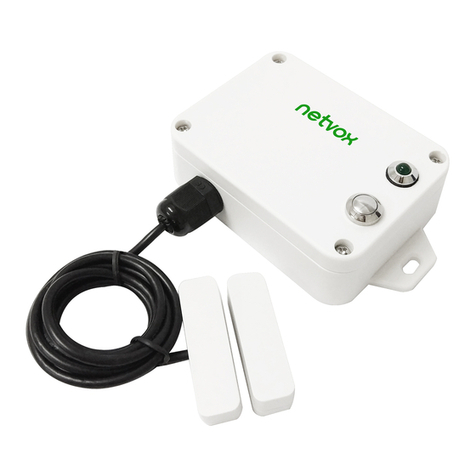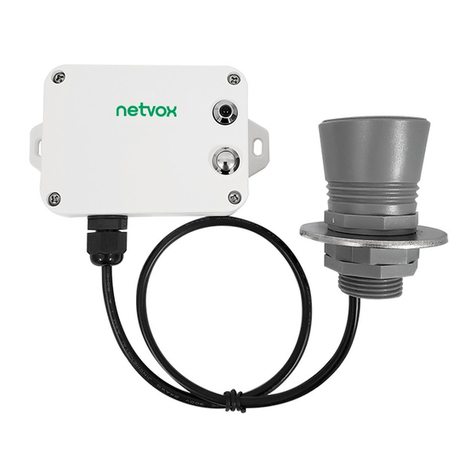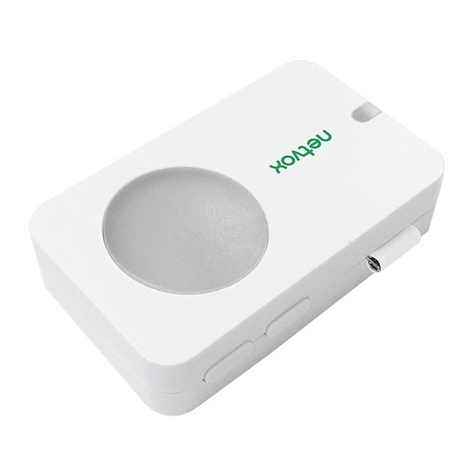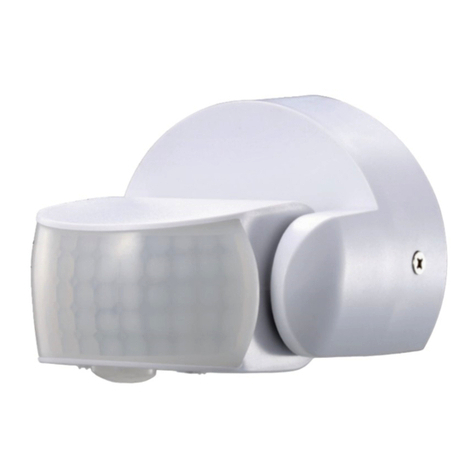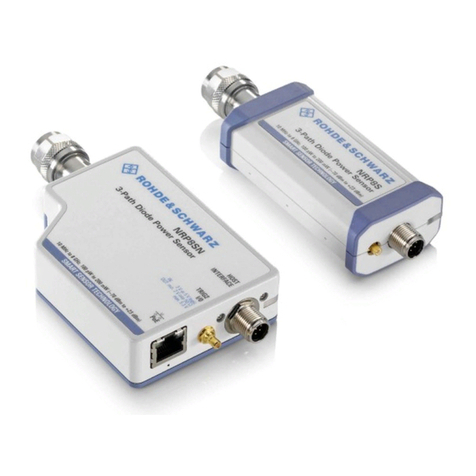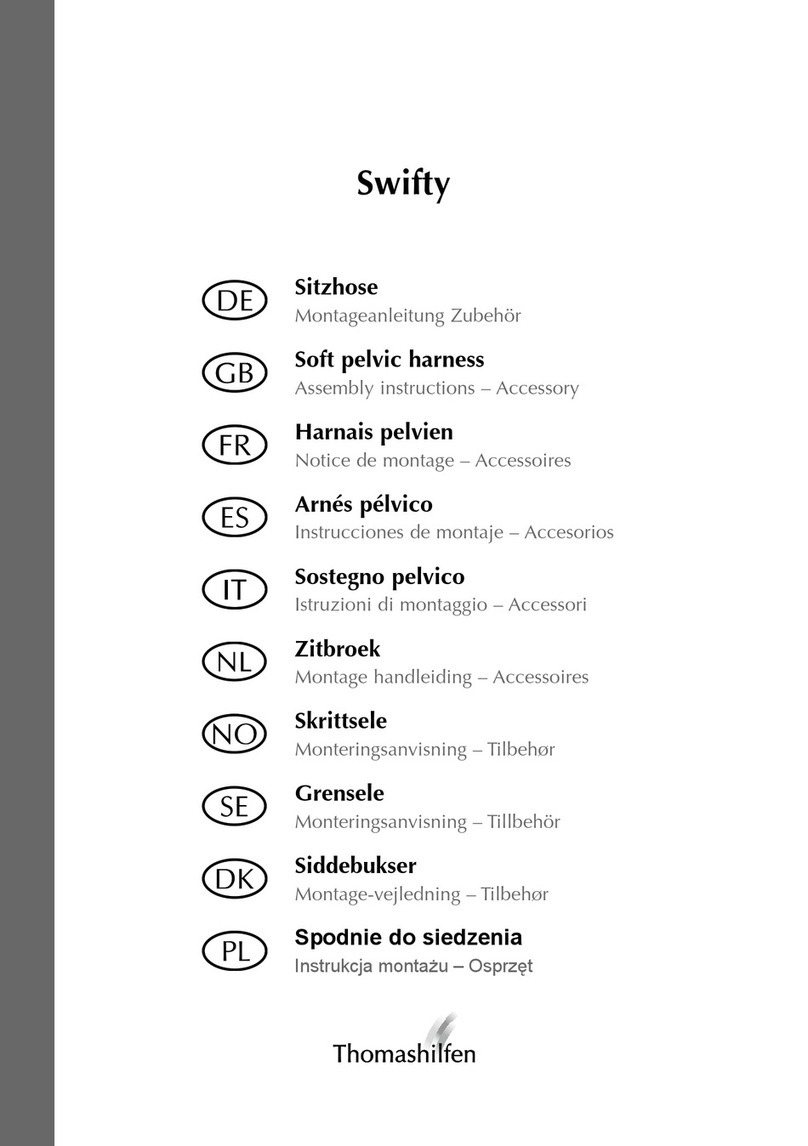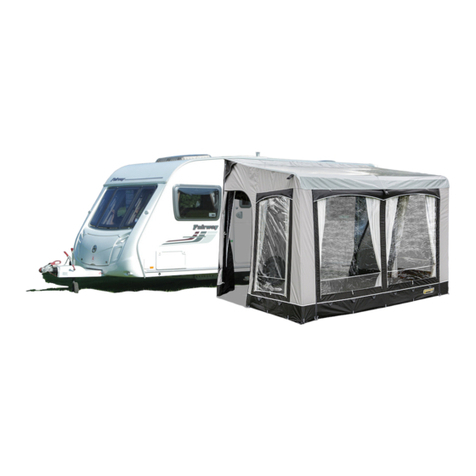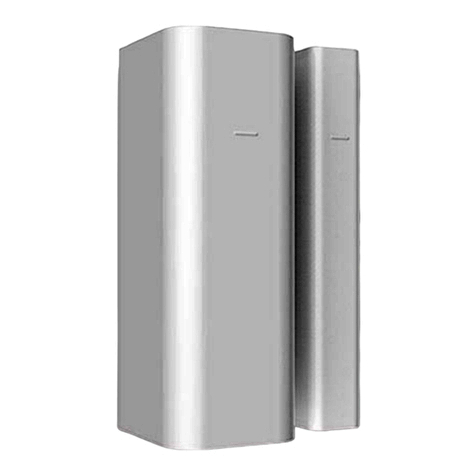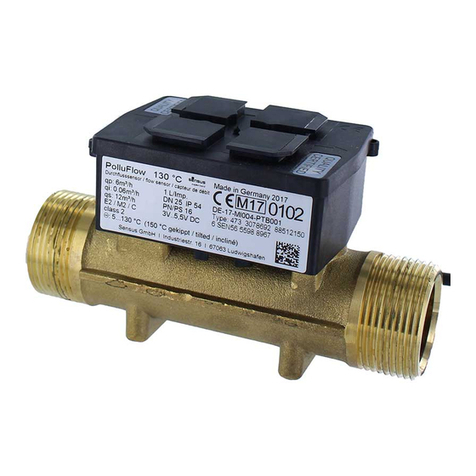netvox R718EA User manual













Other manuals for R718EA
1
Table of contents
Other netvox Accessories manuals
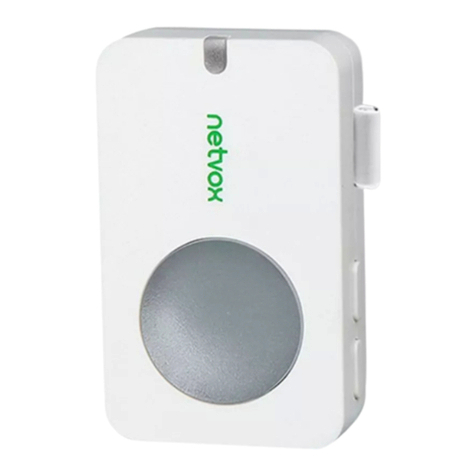
netvox
netvox R313G User manual
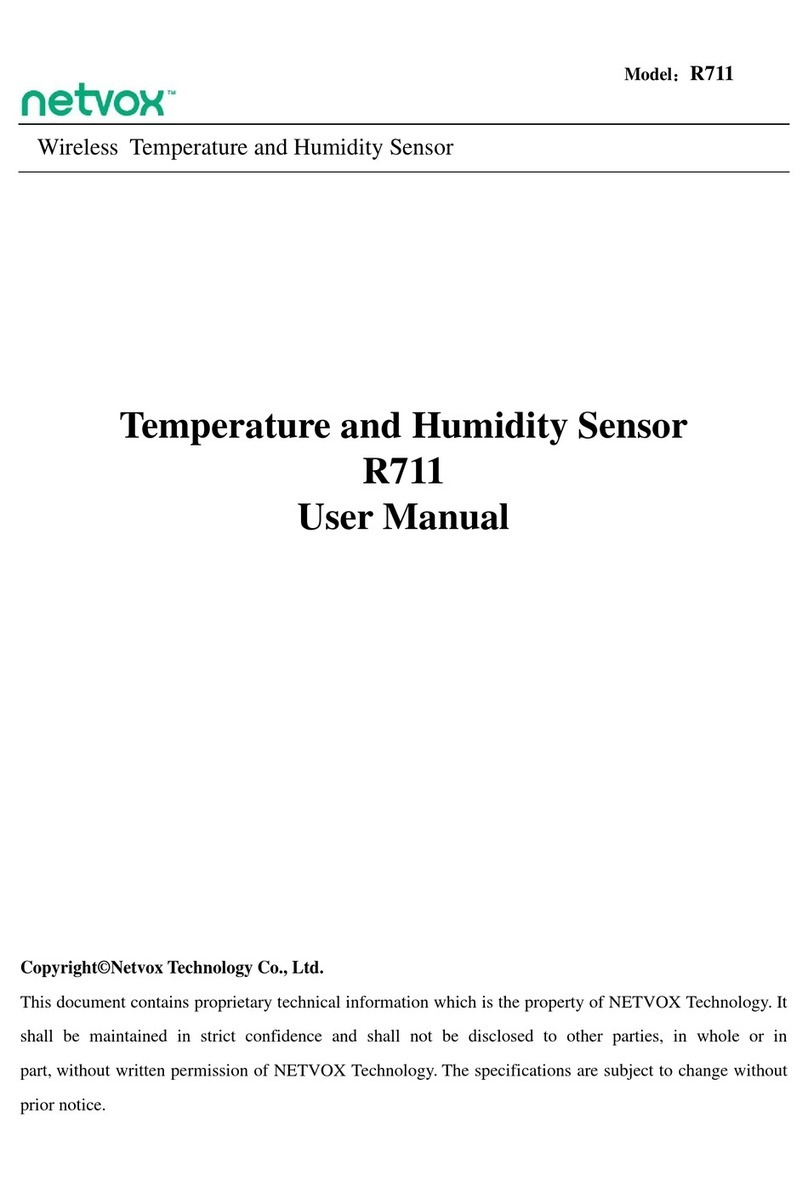
netvox
netvox R711 User manual
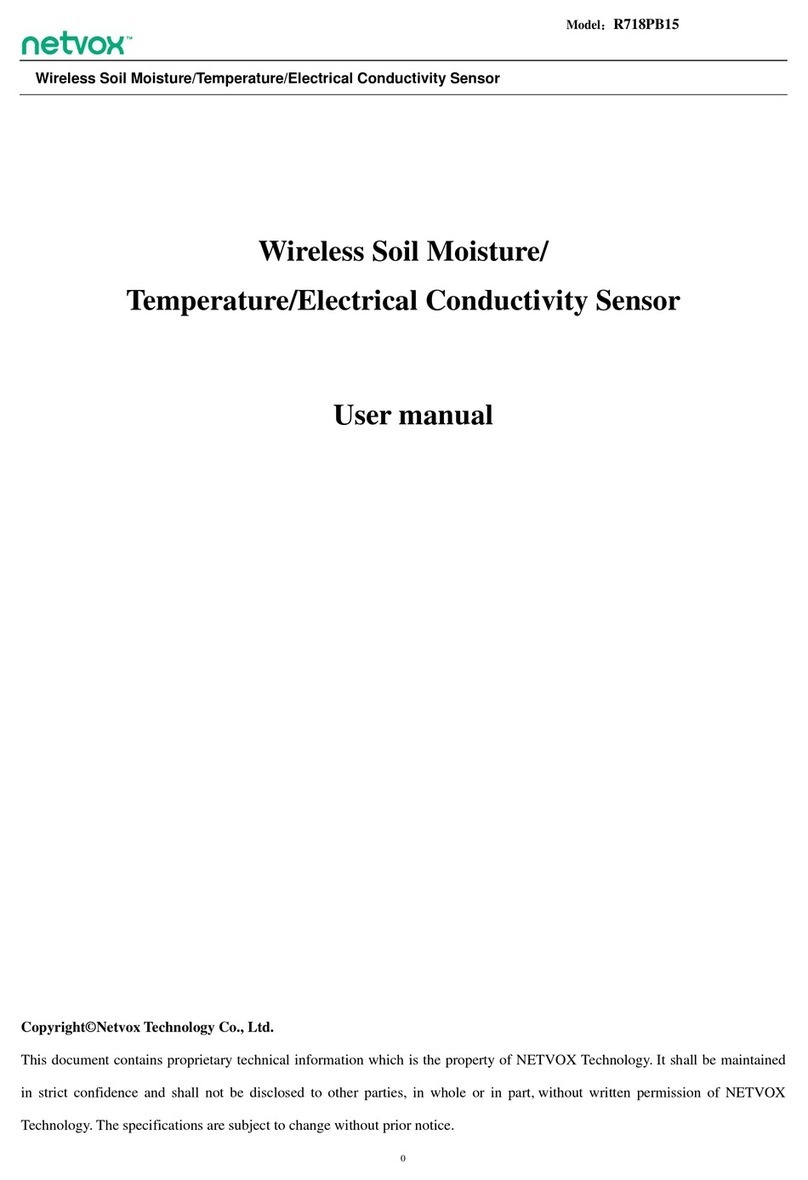
netvox
netvox R718PB15 User manual
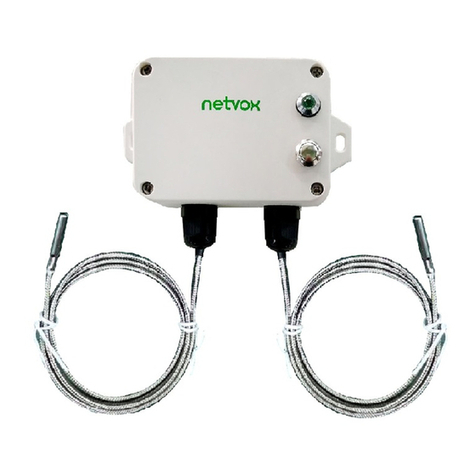
netvox
netvox R718CK2 User manual
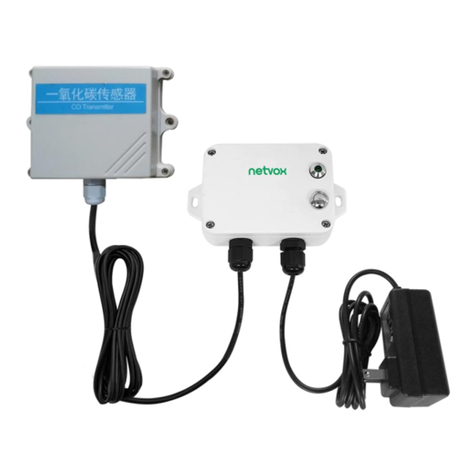
netvox
netvox R718PA1 User manual
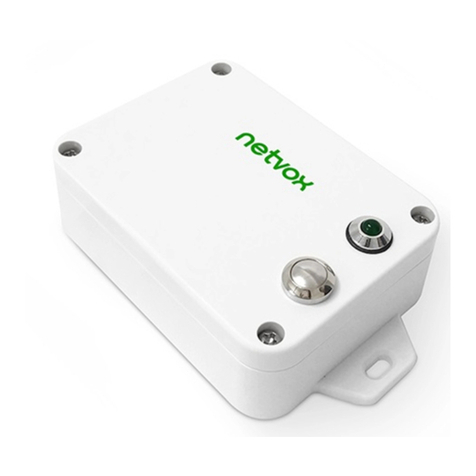
netvox
netvox R718MA User manual
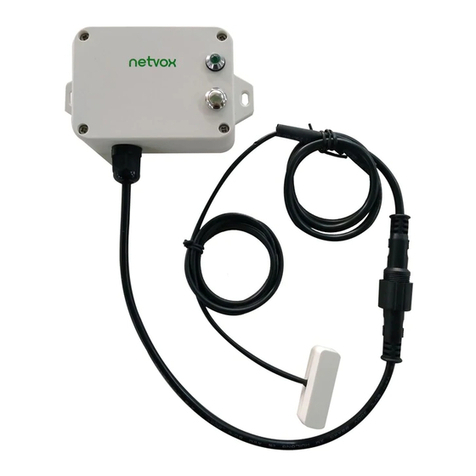
netvox
netvox R718DB User manual
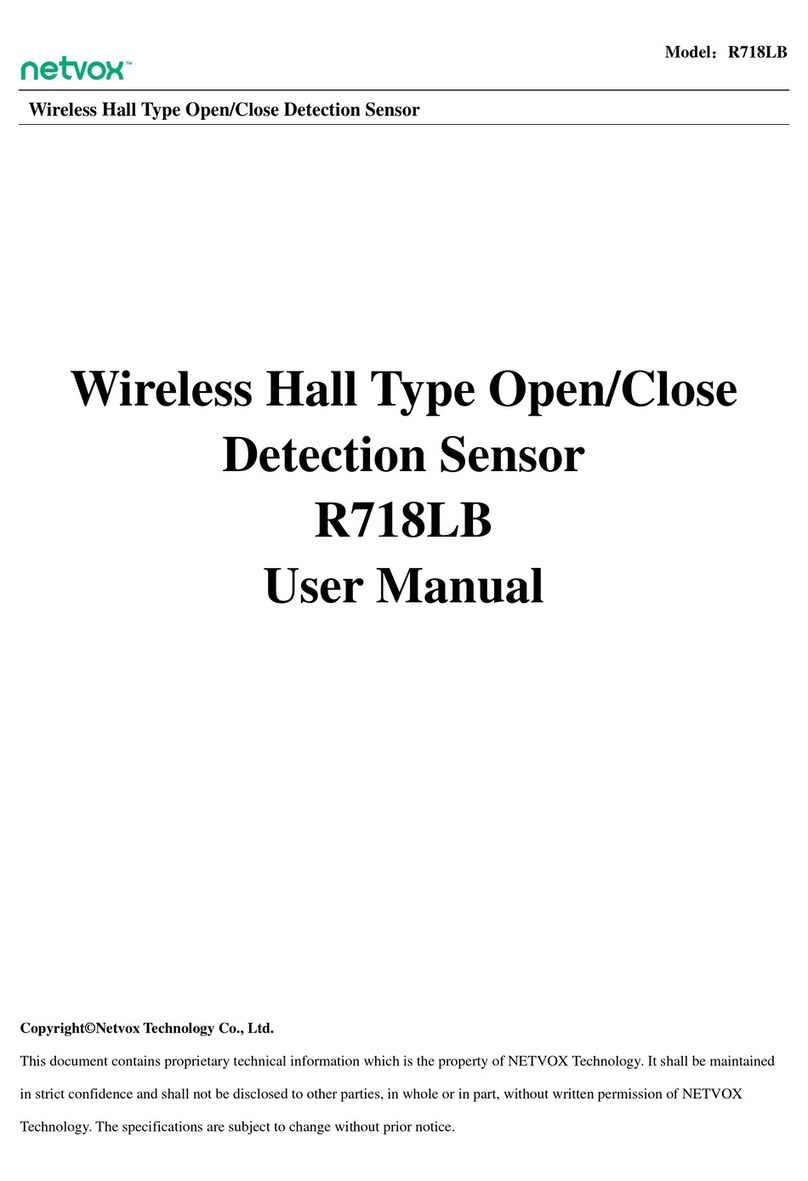
netvox
netvox R718LB User manual
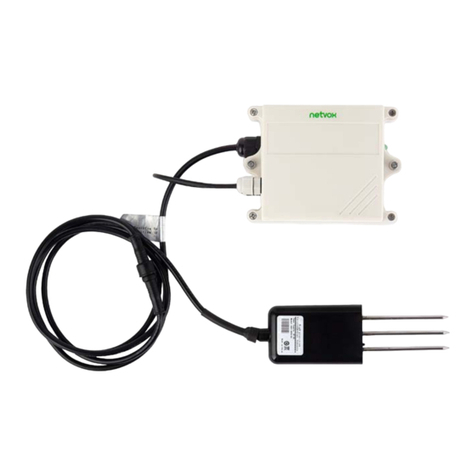
netvox
netvox R72632A01 User manual
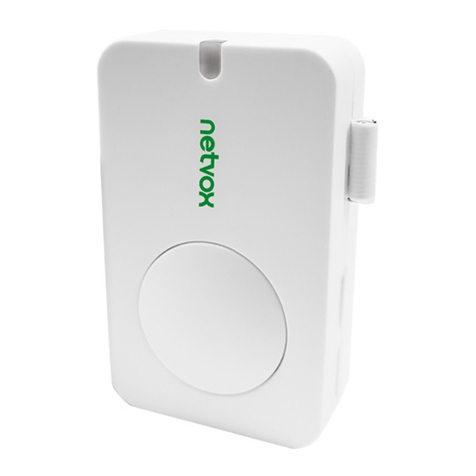
netvox
netvox R313DA User manual
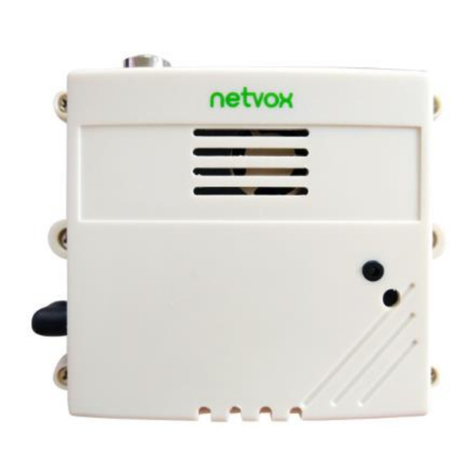
netvox
netvox R72616A User manual
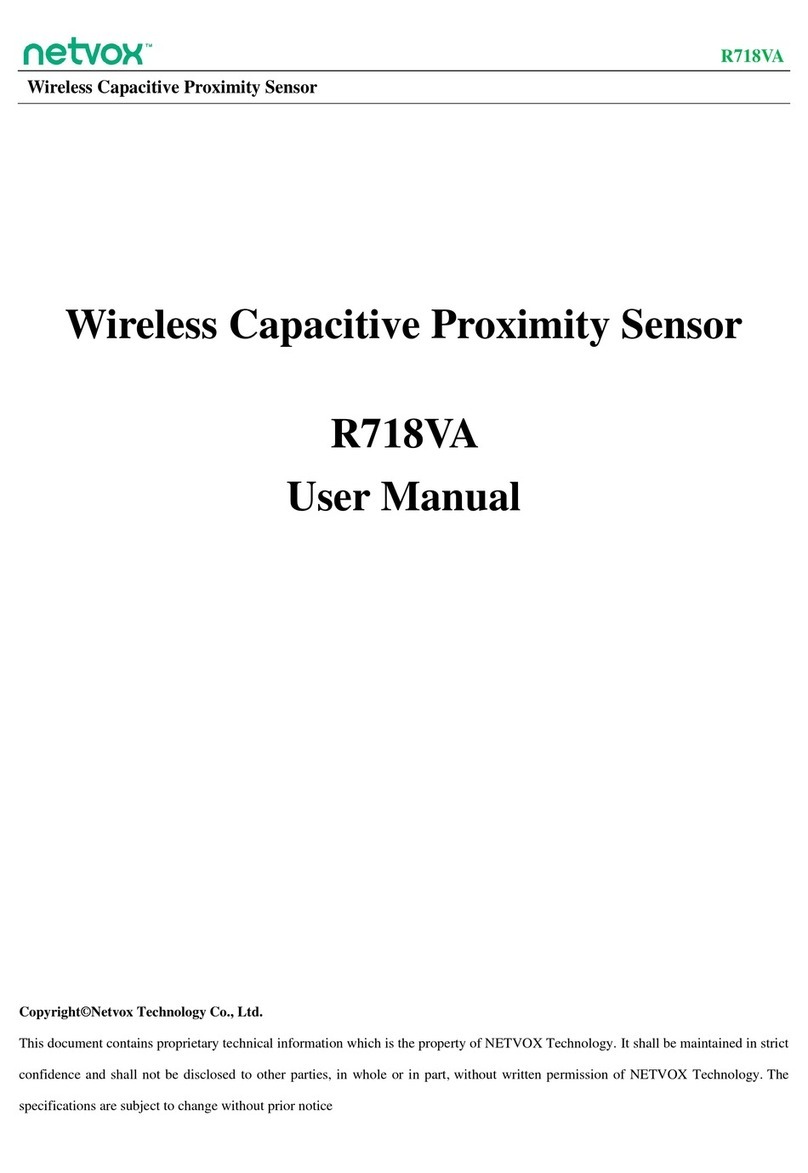
netvox
netvox R718VA User manual
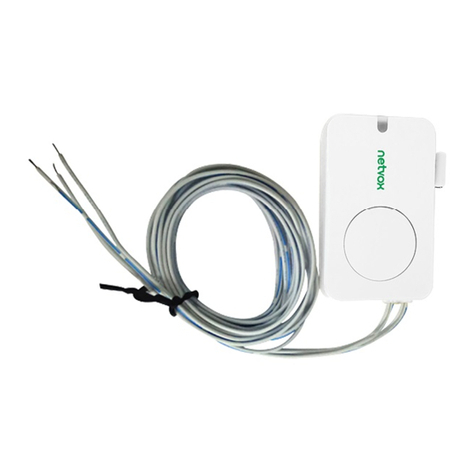
netvox
netvox R313CA User manual
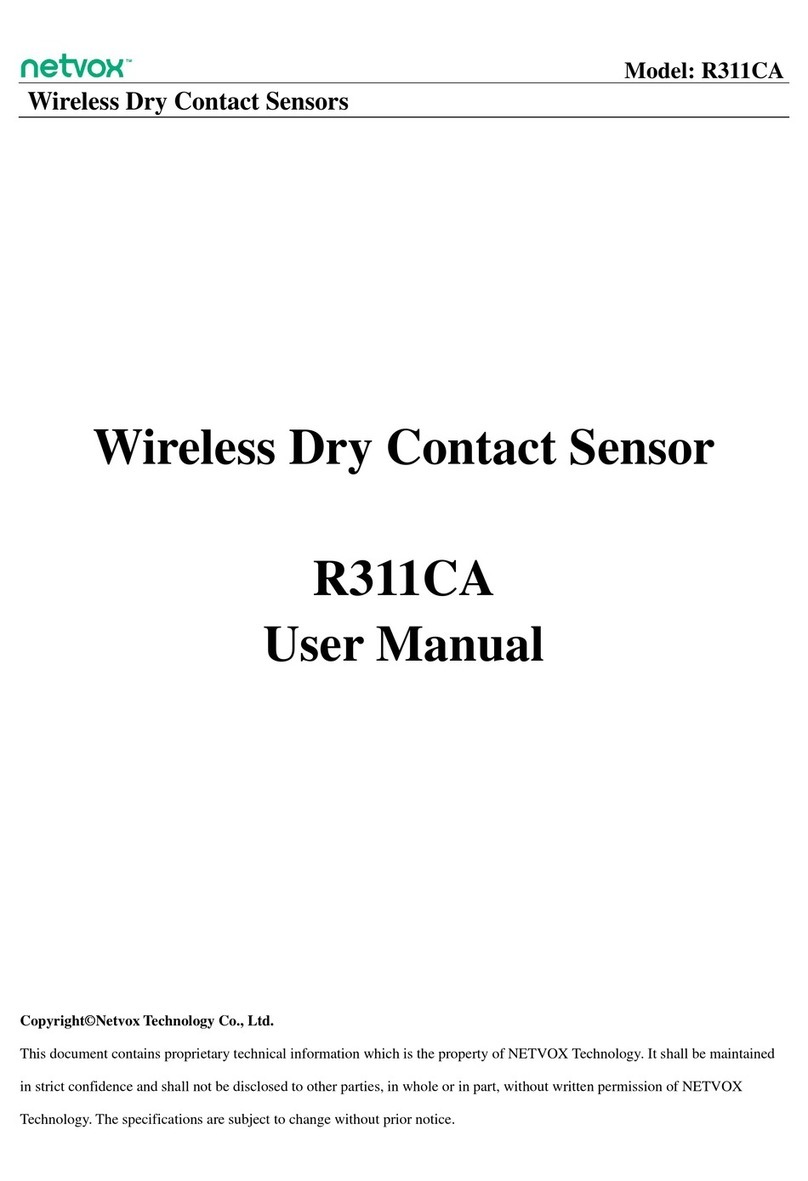
netvox
netvox R311CA User manual

netvox
netvox R718E User manual

netvox
netvox R718PB15 User manual

netvox
netvox R718DB2 User manual
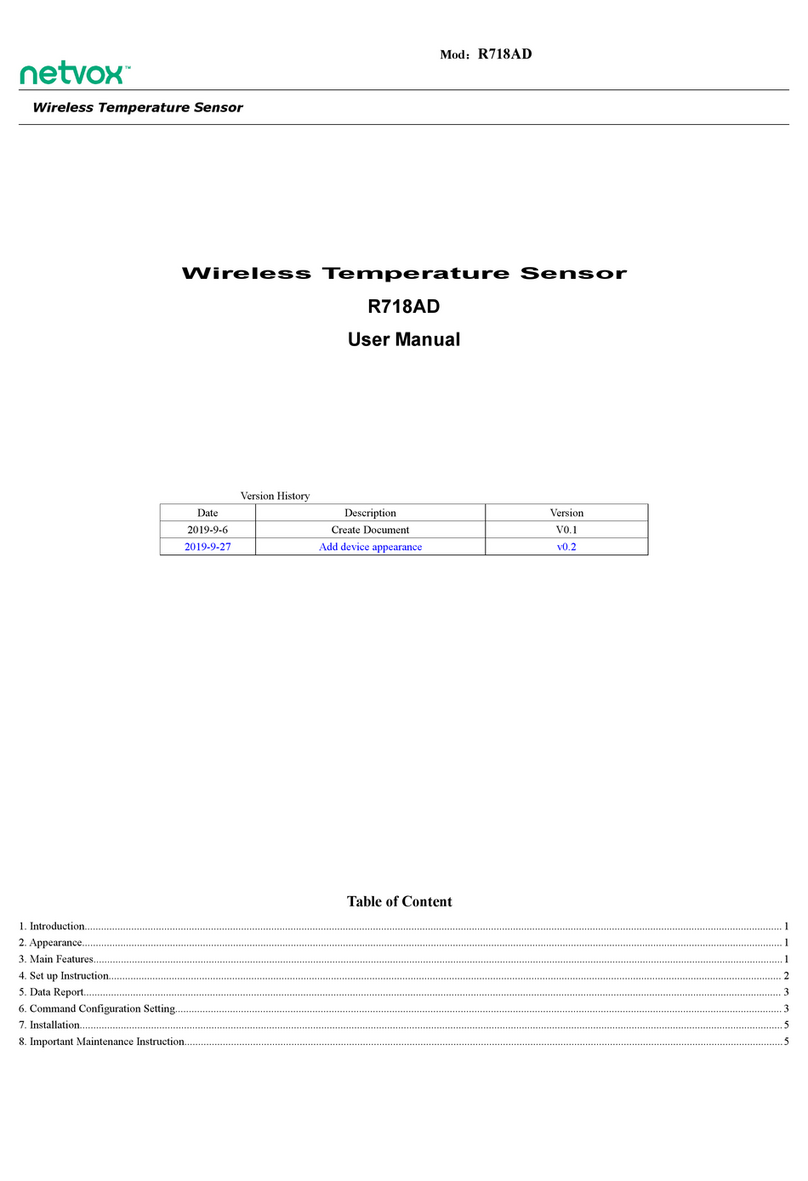
netvox
netvox R718AD User manual

netvox
netvox R718G User manual
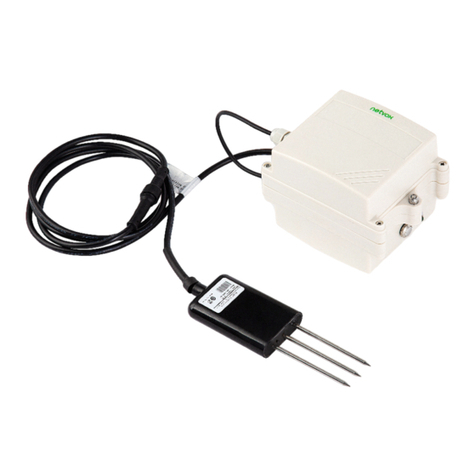
netvox
netvox R72632A User manual
Popular Accessories manuals by other brands
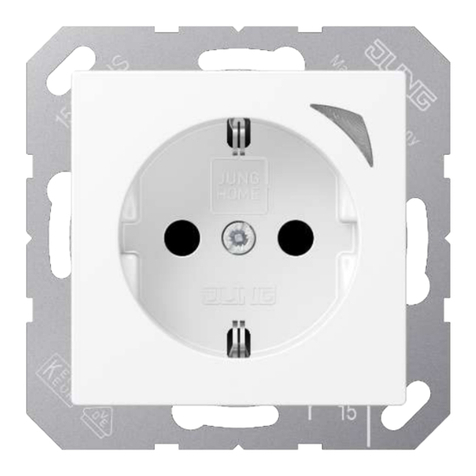
Jung
Jung SCHUKO BT 1521S Series operating instructions

SoundCraft
SoundCraft Vi DANTE User and setup guide
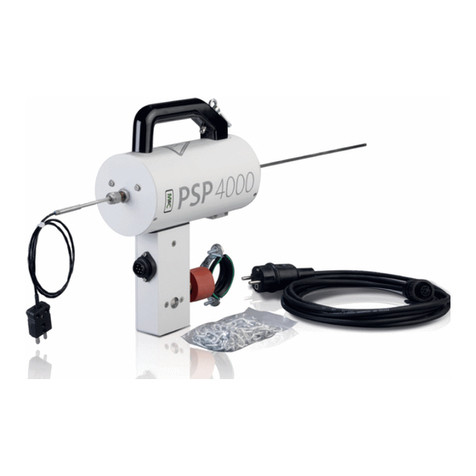
M&C
M&C PSP4000-H instruction manual
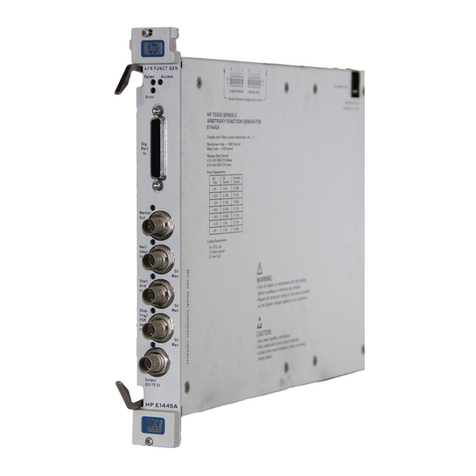
Agilent Technologies
Agilent Technologies E1445A User's manual and scpi programming guide
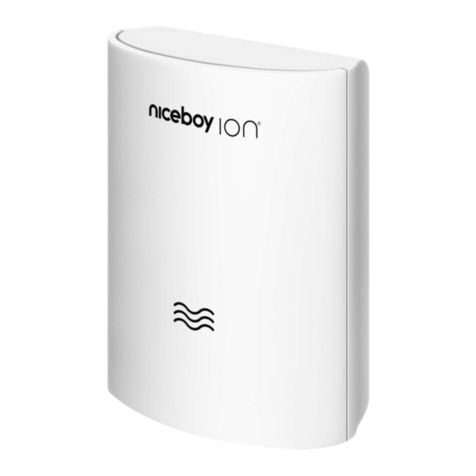
Niceboy
Niceboy ION ORBIS Vibration sensor user manual

Chamberlain
Chamberlain CPS-UN4 manual

IFM Electronic
IFM Electronic Efector 200 OGT1 Series operating instructions
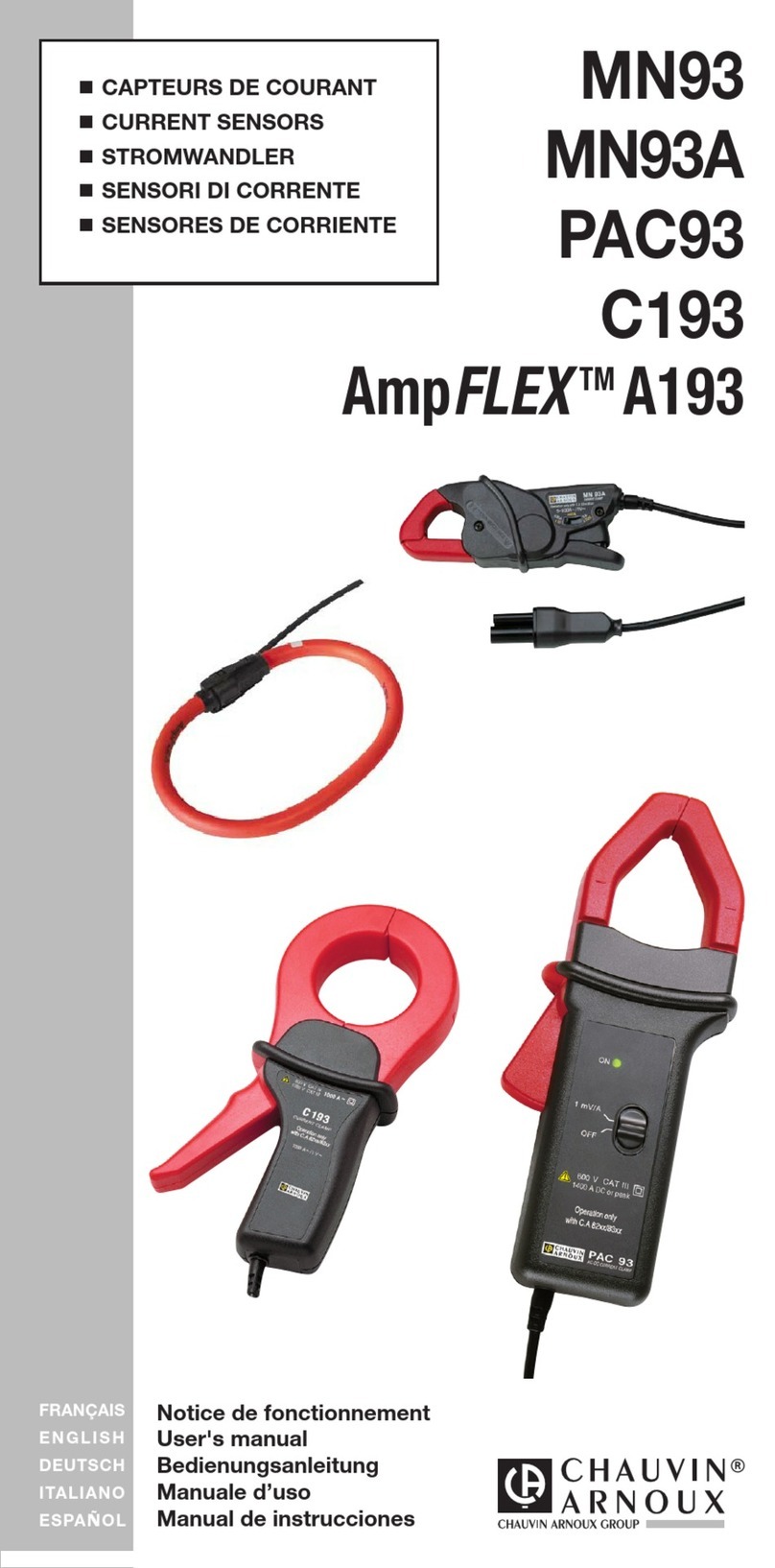
Chauvin Arnoux
Chauvin Arnoux MN93 user manual
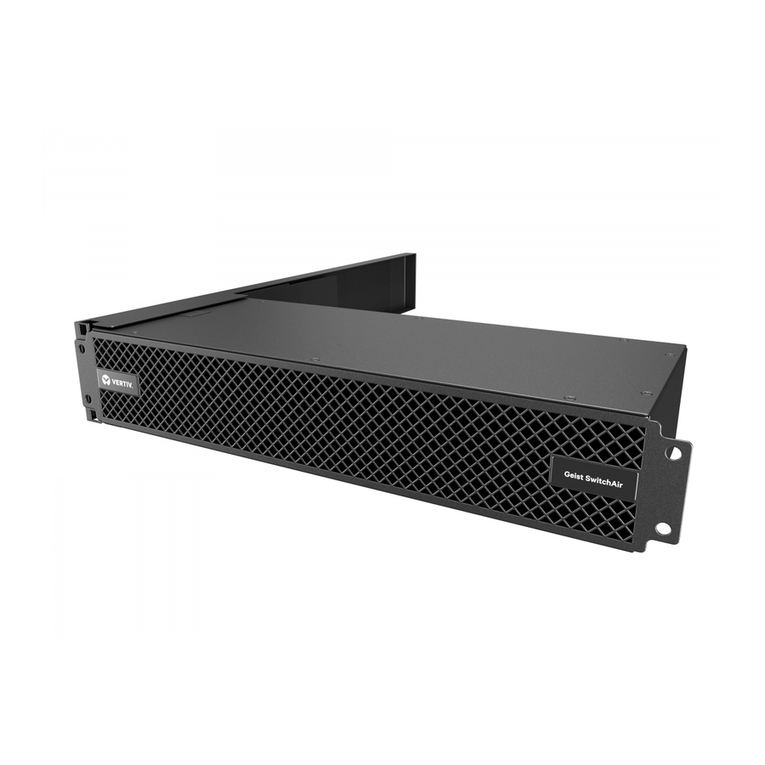
Vertiv
Vertiv GEIST SwitchAir SA1-02005 Quick installation guide
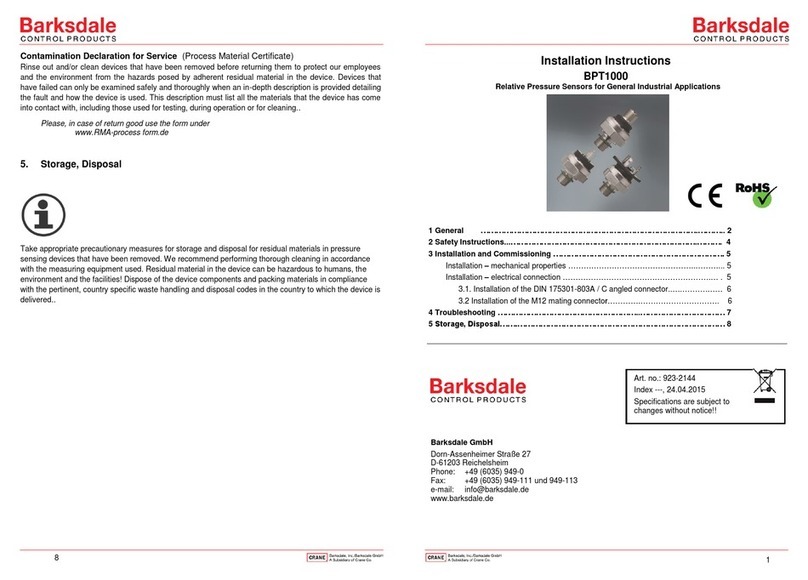
Barksdale
Barksdale BPT1000 installation instructions
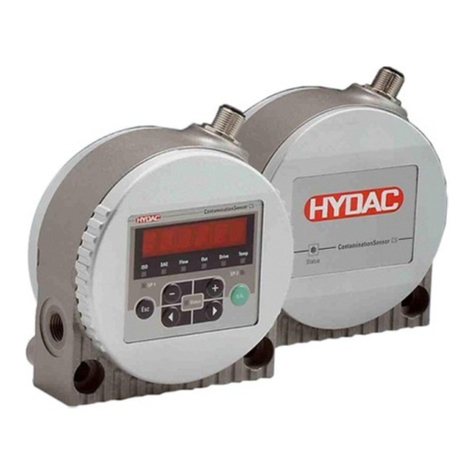
Hydac
Hydac CS 1000 Series Operating and maintenance instructions
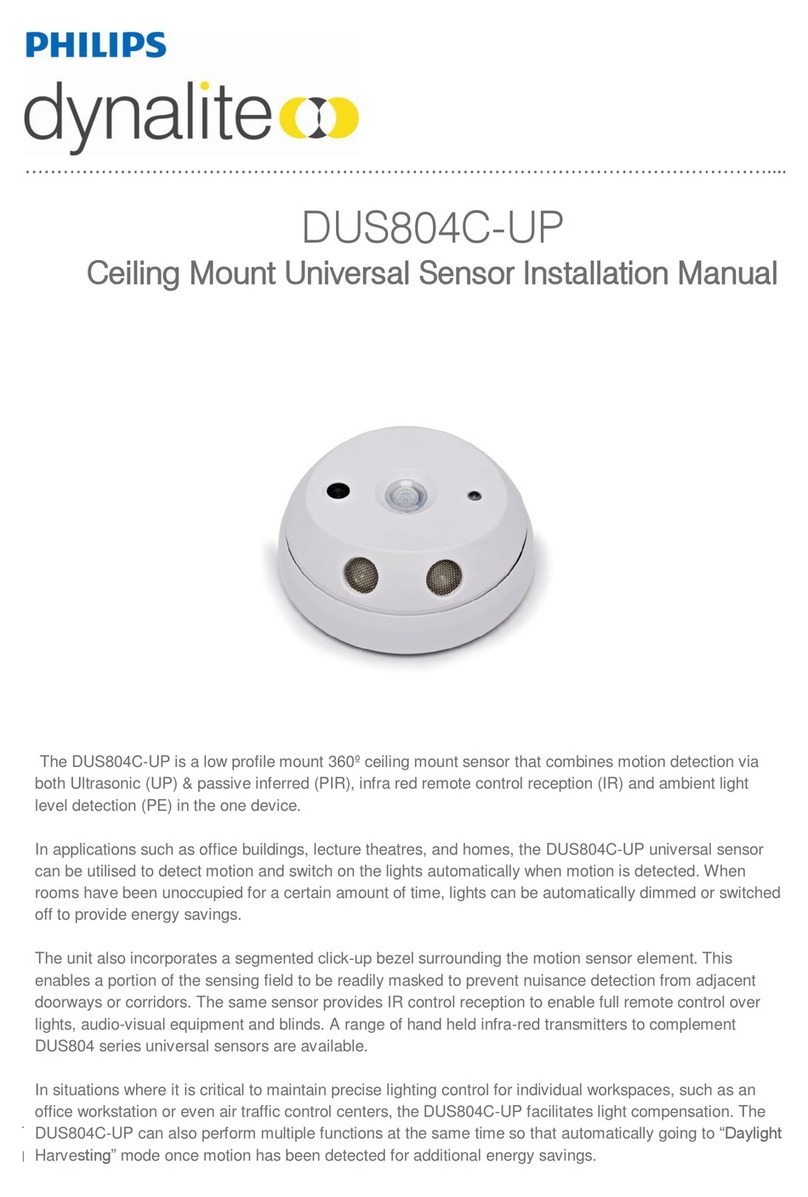
Philips
Philips DUS804C-UP installation manual
